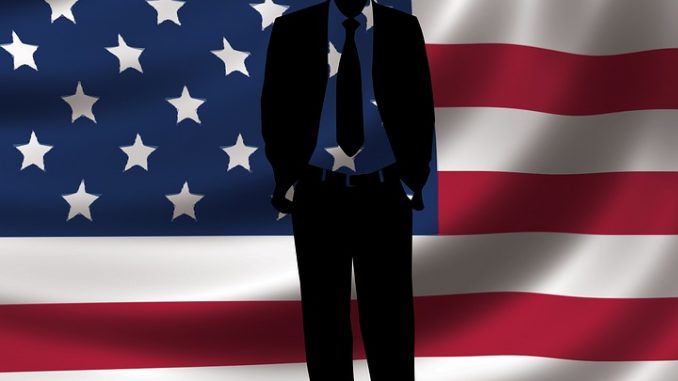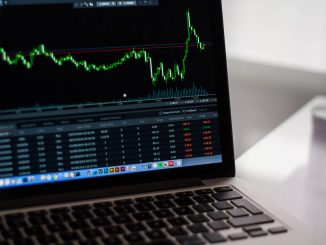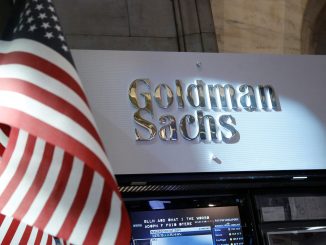
United States economic data showed an increase in the number of Americans applying for unemployment benefits, reaching the highest level in 45 years. The data fell below expectations, which were for higher numbers.
The Labor Department declared on Thursday that unemployment benefits in the United States rose by 17,000, to reach 233,000, for the week ending January 20. Claims fell to 216,000 last week, their lowest level since January 1973, while expectations were for 240,000.
Claims have been volatile lately, due to the difficulty of adjusting the data for seasonal fluctuations at the end of 2017. Another significant impact on economic data was caused by the very cold temperatures.
The US Commerce Department reported in its report for Q4 2017 that the GDP increased at an annual rate of 2.6%. The economy grew by 3.2% in Q3, higher than expectations, which were for a 3% expansion in the last three months of 2017.
Domestic demand rose by 4.6%, the fastest pace since Q4 2014, confirming the strength of the economy. Strong domestic demand is part of a simultaneous global rebound involving Europe and Asia. Domestic demand also increased after President Donald Trump pledged to reform the tax law. The corporate income tax rate was reduced to 21% from 35%.
Consumer spending, which accounts for more than two-thirds of US economic activity, rose by 3.8% in the fourth quarter, the fastest pace in three years. Consumer spending is likely to remain backed by rising household wealth as a result of growing stock markets, the rising of house prices, tax cuts and wage growth as companies compete for workers, while some states raise minimum wages. The rise in consumer spending is also due to imports, which grew by 13.9% in the fourth quarter, the fastest pace since Q3 of 2010.
As consumer spending surged, the inflation rose and personal consumption (excluding food and energy) rose by 1.9%. This is the fastest pace in more than a year.
Economists believe that the signs of rising inflation as the labor market tightens could put the Federal Reserve in a more aggressive position to raise interest rates than currently expected.
The central bank expected to raise interest rates 3 times this year, the same number recorded in 2017.




Be the first to comment